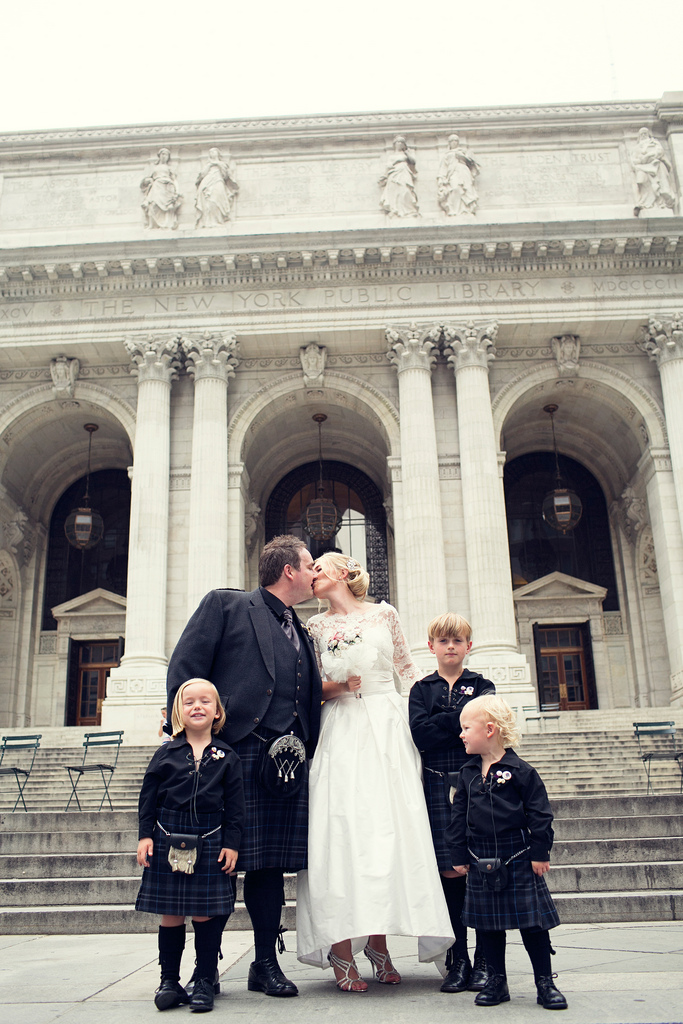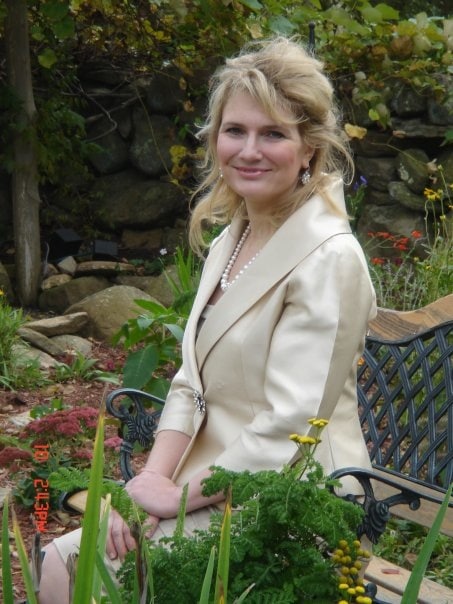
In numerous blog postings, I have commented on the ever-changing nature of American families and the weddings they choose to create. The new American family may likely be a blended one, with children from prior marriages. And, just like in Hollywood, lots of couples have their own children before exchanging wedding vows, these days. Whatever the circumstances, brides and grooms are seeking special ways to involve children in their wedding ceremonies. After all, the celebration is not exclusively about the uniting of the couple, but about the creation of this new family, too.
Over the last months, I have married men and women who have children ranging from two to 22. One of the simplest ways to acknowledge kids at the wedding is through the telling of the couple’s love story. As a celebrant, one of the ceremony anchors that I rely upon is a well-crafted, personalized narrative of the bride and groom’s romance—the heart of the wedding ceremony. Detailing the couple’s history provides a beautiful occasion to mention the children, underscoring the love and commitment offered by the birth parent and the new parental figure. This is a clear way for parents to honor children, without making kids (or parents) anxious about directly participating in the wedding. Some parents choose to make special vows of support to their children during the wedding, perhaps presenting youngsters with a present or token, such as a medallion or piece of jewelry.
For children who aren’t bashful about joining in the celebration, they can be terrific additions to the bridal party. Eager youngster may be adorable flower girls, ring-bearers, or ushers. A helpful website “I Do, Take Two,” outlines fun ideas for kids, ranging from decorating the bride and groom’s car for departure to making the wedding programs. During a sweet November wedding that I officiated, the bride’s seven year old son gently held the rings, while the couple’s two year old daughter squealed with delight, literally running circles around the bridal party—a much loved Whirling Dervish! By contrast, in December, one of “my” brides chose to have the groom’s two teen-aged sons walk her down the aisle for the processional. The options are limitless.
Other couples choose to have children actively participate in a unifying ritual, a potent symbolic gesture. In a wedding that I officiated last week, the bride had two teen-aged daughters, who were invited to partake in the unity candle ceremony. The daughters brought forward a burning candle to their mother. (The groom’s parents did the same for him.) The bride and groom, having received light from their families, then joined the flame together, as a demonstration of their new family—and one strong flame. The increasingly popular sand ceremony functions in much the same way, with individuals holding containers of different colored sand. Each person pours his container of sand into a larger vase, representing the new blended family. As the sands integrate to form a unique pattern, this work of art reminds everyone of the new family being joined together.
The possibilities for incorporating kids into a special day are vast, limited only by the imagination of the couple (and their celebrant!). With an eye towards flexibility and a readiness for the unexpected, brides and grooms can bask in the participation of their children in the special day.


